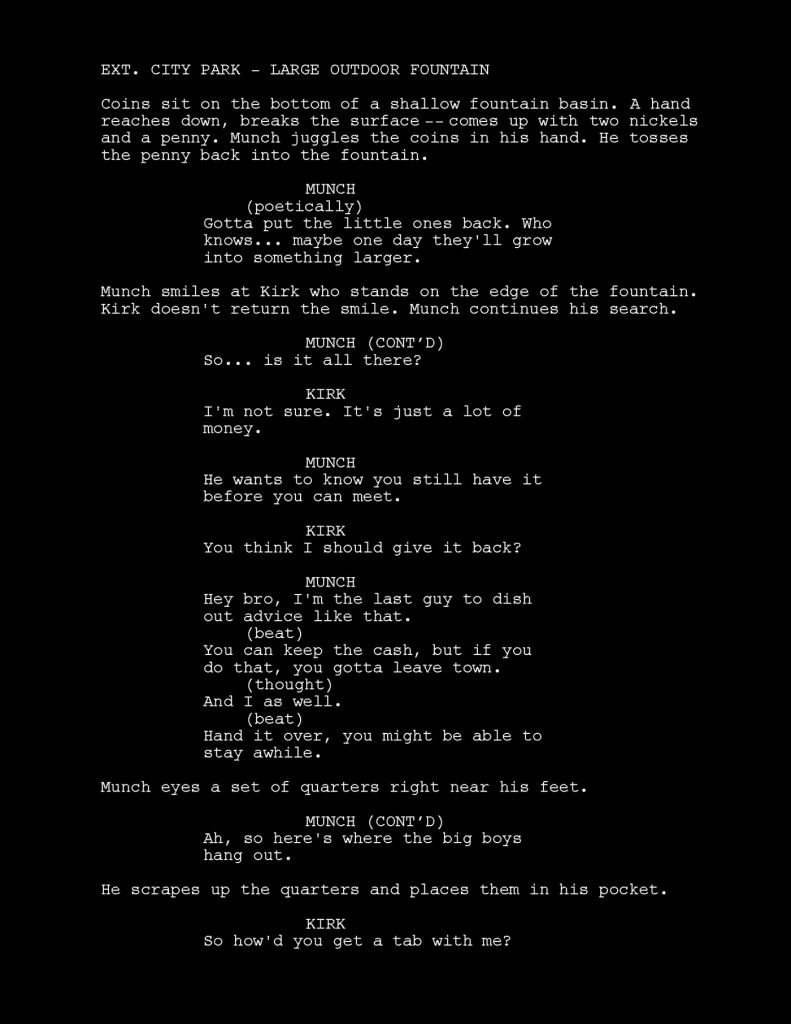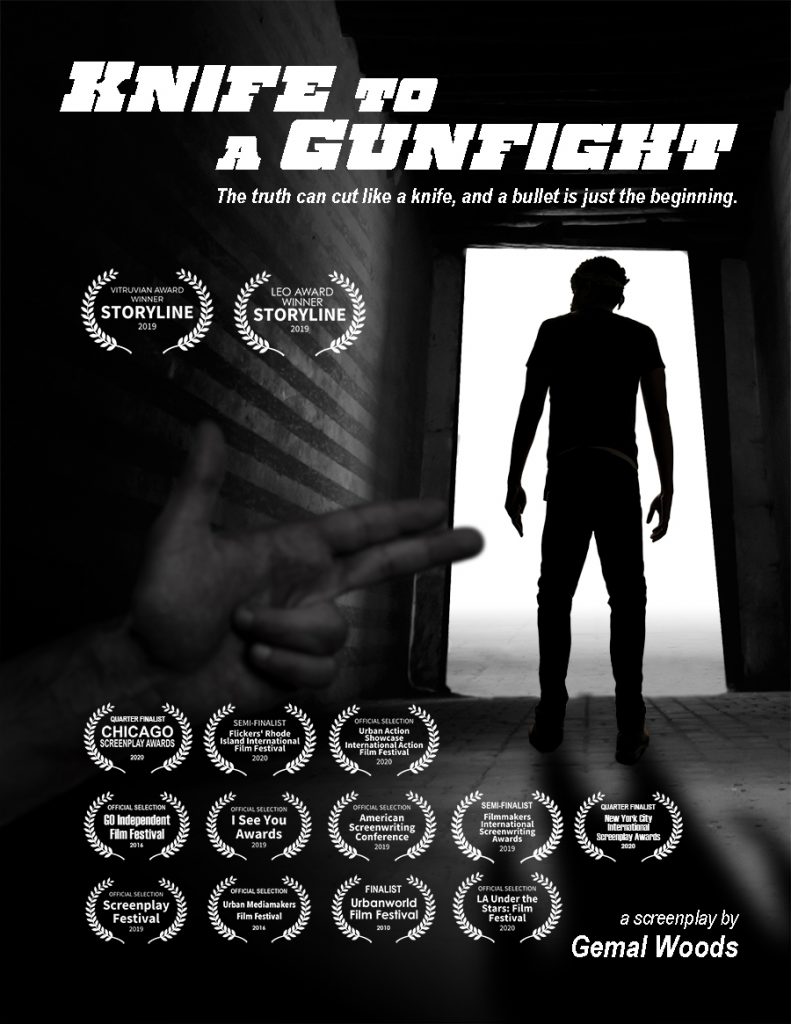I was picking up my son at his elementary school one day. I felt my typical frustration that when I’d come to pick him up, he’d be by himself usually far off in some “lonely corner” in the play area, moving is hands around, imagining some interaction with some imaginary characters from either something he watched or something he concocted. I wanted him to engage the other students. I didn’t understand what he was doing.
Although I was more social as a child, I still did the same thing. I’d invite other kids over to my section of the playground to then play within the realm of my imagination. I sat there that day and just watched him. I didn’t get out the car for several minutes. I just sat and watched. My heart melted at the innocence he embodied in his imaginative play. He didn’t care what was happening around him. His imagination was sufficient.
At that point my imagination took hold and I thought about the possibility of the world taking that way from me. From us. I think I shed a few tears and began imaging how could this come about, and how could I protect him. It was also at that time I decided to stop burdening him with my push to become more social. He made choices.
That’s when I jotted down one angle of the story. I had a few other notes written about a protagonist that acted more fluid in his instincts. What others on the streets would see as a real killer. Not a sociopath, just capable of being comfortable at killing when he felt necessary. There was also a growing set of notes around the “unforgiven.” I’d see people in the darkest corners of our society, living in the streets and sometimes I wonder, how many had done things that they couldn’t forgive themselves for?

The driving engine behind Knife To A Gunfight is the mystery behind the bullet to the head, and the writer does a good job of keeping the story focused on this aspect. This isn’t to say the narrative is straightforward or obvious. There are a number of twists and turns that make predicting the narrative fun, and for me, an exercise in futility. However, the story doesn’t include a number of side stories to detract from the main through line or bog down the narrative with deep dives into themes. This script knows its audience and what makes the story work. Because of this plot and action serve as the stars of this show.
Still the character work found here was a highlight of the script as well. There’s a high level of distinction to each character. They speak in their own voices, and none feel as if they’re being used as a writer’s tool to expedite the plot. Exposition is masked behind interesting personalities, and dialogue is always properly motivated by a character’s background and personality. It makes the script feel like it has an authentic voice despite how far-fetched the action can get.
All in all, Knife To A Gunfight is a great time because it blends the action and set pieces expected of the genre with a cast of characters worth caring about. It’s very easy to lose yourself in this world with a vibrant setting and action description that brings it to life as well. There’s really not one glaring issue to complain about for this script. Everything from structure to formatting feels right aligned with screenwriting best practices making for an incredibly easy read. The pages flew by quickly, but I still find myself thinking about this script after its conclusion.
Final Analysis from a major competition

